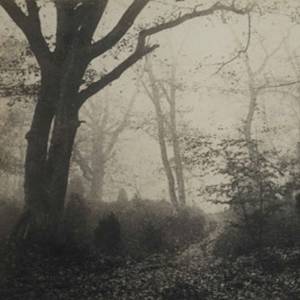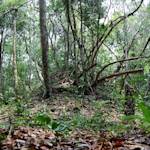Dwindling Cedars of Lebanon
2018 CE • Lebanon
"Walking among the cedars on a mountain slope in Lebanon . . . some of the oldest trees have been here for more than 1,000 years, spreading their uniquely horizontal branches like outstretched arms and sending their roots deep into the craggy limestone. They flourish on the moisture and cool temperatures that make this ecosystem unusual in the Middle East, with mountaintops that snare the clouds floating in from the Mediterranean Sea and gleam with winter snow. But now, after centuries of human depredation, the cedars of Lebanon face perhaps their most dangerous threat: Climate change could wipe out most of the country’s remaining cedar forests by the end of the century. As temperatures rise, the cedars’ ecological comfort zone is moving up the mountains to higher altitudes, chasing the cold winters they need to reproduce . . . If the climate warms at the rates expected because of the continued rise of greenhouse gas emissions in the atmosphere, some scholars say that by 2100 cedars will be able to thrive only at the northern tip of the country, where the mountains are higher. In the north, though, there are different problems. Lebanon’s densest cedar forest, the Tannourine Cedars Forest Nature Reserve, has lost more than 7 percent of its trees to insect infestations unknown before 1997. They are directly tied to a warming, drying climate. Throughout history, the cedars of Lebanon have been prized for buildings and boats, chopped down for temples in ancient Egypt, Jerusalem and beyond. So while climate change did not start the assault on the cedars, it could be the death blow. Many thousands of square kilometers of forest once spread across most of Lebanon’s highlands. Only 17 square kilometers of cedars remain, in scattered groves."
Anne Barnard, "Climate Change Is Killing the Cedars of Lebanon," The New York Times, July 18, 2018.
Image: A typical Cedar of Lebanon, [Between 1898 and 1946, Photograph, Library of Congress.


Learn about Maya Lin’s fifth and final memorial: a multi-platform science based artwork that presents an ecological history of our world - past, present, and future.

Discover ecological histories and stories of former abundance, loss, and recovery on the map of memory.

Learn how we can reduce our emissions and protect and restore species and habitats – around the world.

See how art can help us rethink the problems we face, and give us hope that each one of us can make a difference.

Help make a global memorial something personal and close to home. Share your stories of the natural world.


